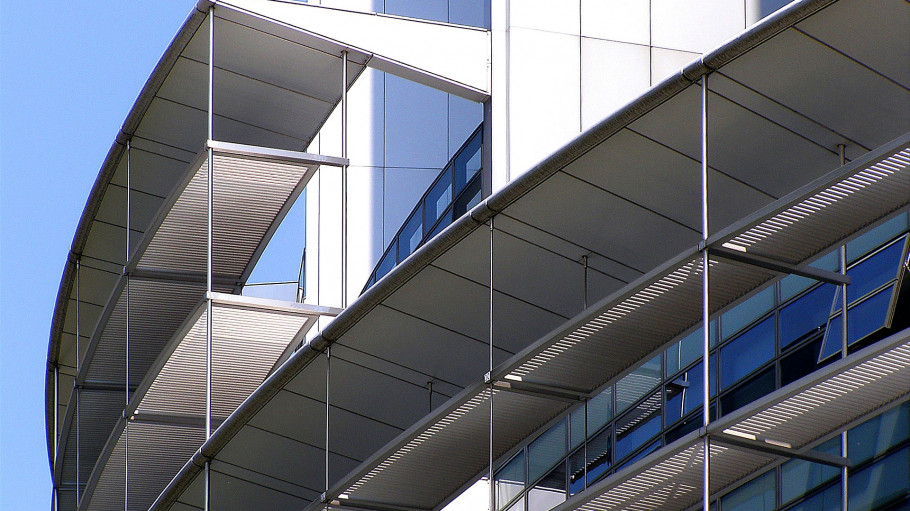
News » Revised EU ETS state aid guidelines published
Revised EU ETS state aid guidelines published
Recent updates

The European Commission published, on 21 September 2020, its revision of the EU ETS State Aid guidelines for the compensation of indirect carbon costs for the period 2021-2030. These revised guidelines are designed to support sectors that, like steel, are most at risk of carbon leakage.
The publication follows the recent Commission’s proposal on increasing the 2030 climate targets. In the absence of comparable efforts by trading partners, it is important to develop a strengthened framework of measures to address the risk of carbon leakage, with benchmark-based free allocation and indirect costs compensation, as well as an effective carbon border adjustment mechanism
Compensation for indirect costs incurred by the steel industry is an essential measure to mitigate the risk of carbon leakage due to the carbon costs passed on to the steel sector from the energy sector.
EUROFER has the following overall perspective on the revision:
The European steel sector is committed to emissions reduction, and compensation for indirect carbon costs forms an essential part of the policy framework necessary to ensure that the sector can continue to decarbonise whilst remaining globally competitive.
A milestone occasion to quickly and effectively restore affordable electricity, to relaunch the
decarbonization and strengthen the international competitiveness of the European steel
industry.
Brussels, 02 December 2025 – Unchanged negative conditions – U.S. tariffs and trade disruptions, economic and geopolitical tensions, protracted weak demand and still high energy prices – continue to weigh on the European steel market. EUROFER’s latest Economic and Steel Market Outlook confirms for 2025 another recession in both apparent steel consumption (-0.2%, unchanged) and steel-using sectors (-0.5%, revised from -0.7%). A potential recovery is expected only in 2026 for the Steel Weighted Industrial Production index (SWIP) (+1.8%, stable) and for apparent steel consumption (+3%, slightly revised from +3.1%) – although consumption volumes would still remain well below pre-pandemic levels. Steel imports retained historically high shares (27%), while exports plummeted (-9%) in the first eight months of 2025.
Fourth quarter 2025 report. Data up to, and including, second quarter 2025